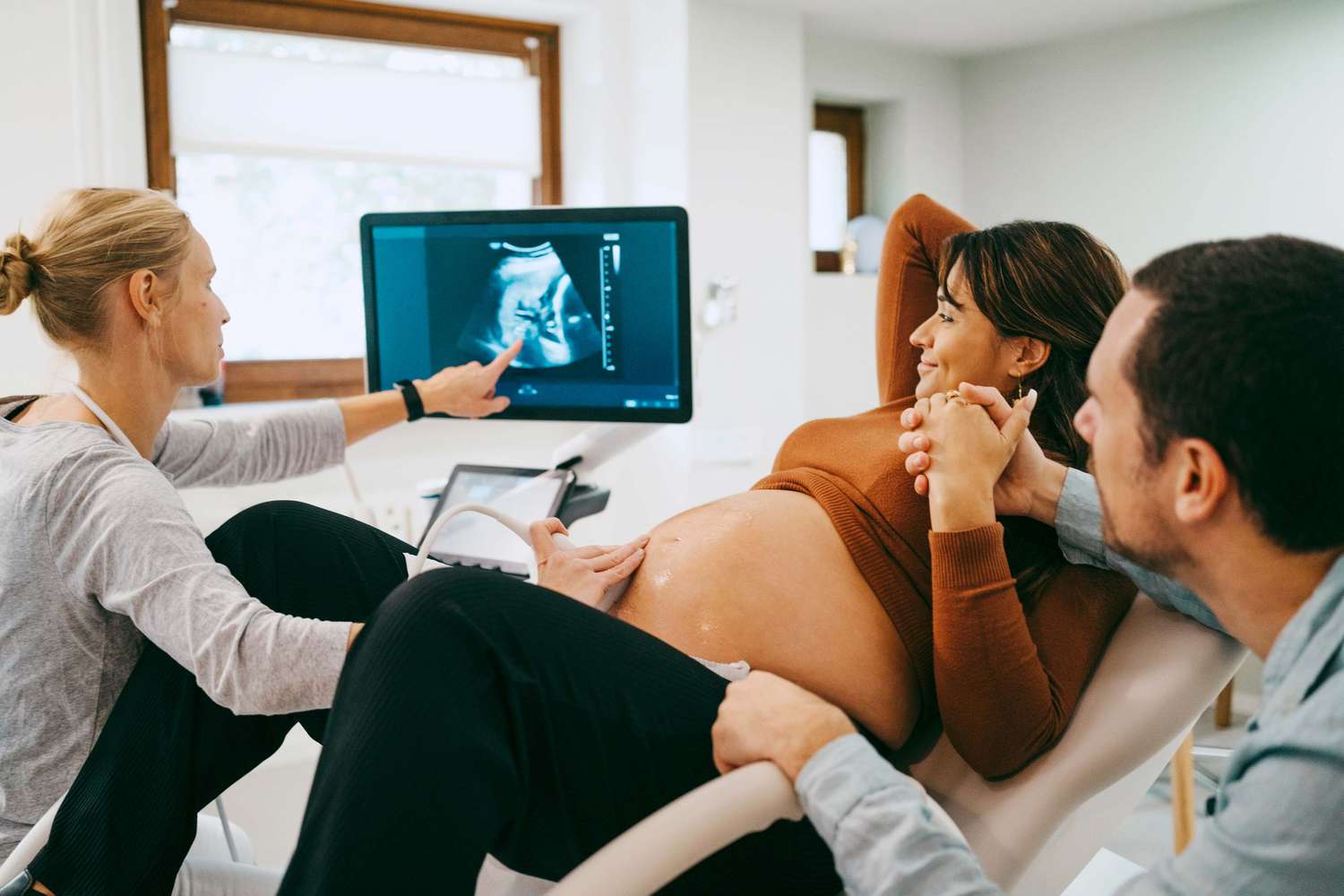Body imaging plays a key role in pregnancy healthcare by offering visual insights into the developing fetus and related conditions. It provides non-invasive techniques that allow healthcare providers to gather valuable information during all stages of pregnancy. This type of imaging contributes to monitoring fetal growth and maternal health, helping create a comprehensive picture of overall progress.
What Is Body Imaging in Pregnancy?
Body imaging during pregnancy typically refers to medical imaging techniques used to observe the fetus and maternal anatomy. Ultrasound is the most common type, often used throughout pregnancy. It employs sound waves to create real-time images of fetal growth. Other methods, such as magnetic resonance imaging (MRI), are sometimes used in specific situations for more detailed views when ultrasound is insufficient.
Routine imaging during appointments enables providers to assess key elements, such as amniotic fluid levels, placental placement, and fetal measurements. These insights support the tracking of progress and help identify any potential factors that require further evaluation. While these procedures are standard elements of prenatal care, they are adapted to each individual’s circumstances. Imaging methods used during pregnancy are designed to prioritize safety for both the patient and the developing fetus. Ultrasound relies on non-ionizing sound waves instead of radiation, making it a preferred option during routine check-ups.
Can Imaging Detect Developmental Concerns?
Imaging plays an informative role in spotting developmental patterns and raising awareness of potential issues early on. Fetal ultrasounds, often conducted at various stages, give providers data on physical development, organ structures, and overall growth. If irregularities are found, this imaging data can prompt tailored follow-ups.
Second-trimester anatomy scans serve as a key milestone in many pregnancies. This stage allows for detailed evaluations of the brain, heart, and other structures. While imaging doesn’t provide answers to every question, it can offer a foundation for next steps, such as genetic testing or additional procedures.
Advanced imaging, like fetal MRI, is occasionally recommended when structural concerns are detected. It provides higher-resolution images, aiding specialists in understanding how to approach these cases. Early detection often contributes to broader diagnostic processes and advanced planning if interventions are necessary after birth.
How Does Imaging Guide Medical Decisions?
Body imaging supports informed decision-making by offering a clearer understanding of both maternal and fetal health. By collecting accurate visuals of the uterus, placenta, and amniotic sac, providers gain insights to guide care plans and delivery management. For patients experiencing high-risk pregnancies, body imaging is often scheduled more frequently. It offers updates on conditions such as fetal position, intrauterine growth restriction, or preeclampsia. With precise data points, healthcare teams can recommend adjustments to care strategies, boosting preparedness for both routine and complex scenarios.
Imaging is also helpful during labor and delivery planning. For instance, it can verify factors like fetal size or umbilical cord placement, helping to determine if a cesarean section might be the safer option. These images strengthen the shared decision-making process between providers and patients.
Discuss Body Imaging with a Provider
Body imaging plays a role in pregnancy care by monitoring progress and identifying potential concerns early. Since every pregnancy is unique, discussing imaging options with your healthcare provider allows them to tailor your care plan to your specific needs. Providers can guide you on the recommended types of imaging, how they are performed, and their expected outcomes, helping you feel informed and prepared. Scheduling an imaging plan with your healthcare team is a proactive way to support both your health and your baby’s development. Contact your healthcare provider to learn more about how imaging can benefit your pregnancy.
